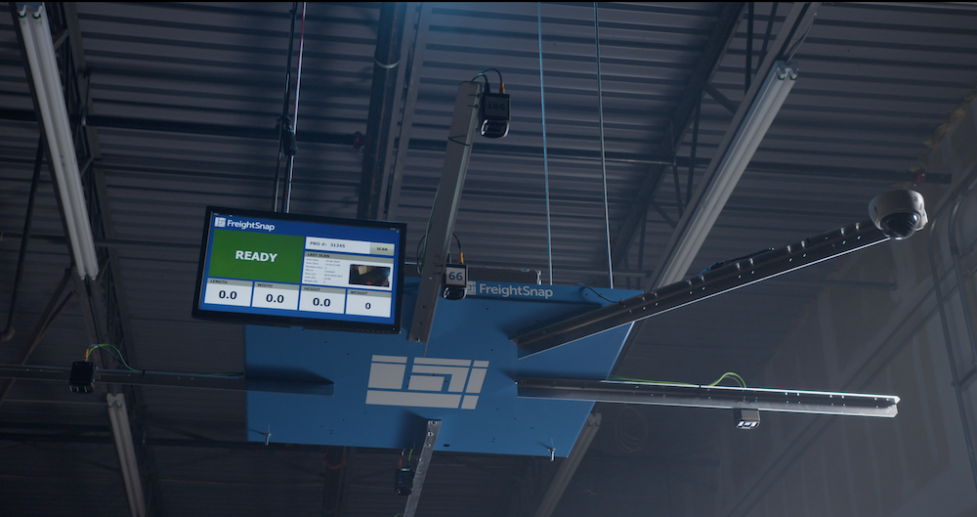Shipping internationally can be a headache even for experienced shippers, which is why freight forwarders have become such an important part of the modern supply chain. From storing customers’ freight and verifying shipment details to ensuring that the appropriate customs, insurance and shipping documentation has been provided, a lot of work goes into getting freight from point A to point B on time and in good condition, all at a cost that’s acceptable for the customer.
With that in mind, it’s easy to see why forwarders are constantly looking for new ways to improve the efficiency of their operations and make life easier for their customers – and one method some forwarders have identified is automated freight dimensioning.
How does automated freight measurement help forwarders?
Before forwarders let freight leave their docks, they verify the details of the shipment supplied by the customer. This includes verifying the physical weight and measurements of the shipment itself. For decades, scales have been used to collect certified-for-trade weight, but until recently, there haven’t been tools reliable or accurate enough to measure freight with certifiable accuracy. In the last few years, however, automated dimensioners have filled this void, producing measurements that can be counted on by both shippers and carriers.
Additionally, international carriers and many domestic LTLs have already adopted this technology, using it to double-check the size of the shipments they carry. When measurements supplied by a forwarder differ from those obtained by the carrier’s dimensioner, the forwarder or shipper will be billed for the difference. No matter which company, shipper or forwarder, ultimately picks up the tab, damage will be done in the form of an unexpected charge or an avoidable strain on the business relationship.
Perhaps the largest benefit automated dimensioning provides forwarders, and by extension, the shippers who choose them is protection from exactly these kinds of audits. In fact, forwarders who have switched to automated dimensioning have reported far fewer re-bills as a result of poorly or inaccurately measured freight.
A faster process yielding better results
In a traditional forwarding operation, it might take two employees (one forklift operator, and another staff member) a little more than a minute to measure, weigh and photograph each shipment by hand. Not to mention the extra time needed to enter that information into a back-office system error-free.
Alternatively, a forklift operator using a pallet dimensioner can complete this entire process by themselves in just a few seconds. This saves time, eliminates the possibility of inaccurate measurements and transposition errors, and frees up the second employee for more important work.
Think for a moment about your own operation. How much time could you save by automating your freight measurement and documentation process? How many more shipments could you prepare in a given day, week or month? This short video explains how the automated measuring process works with FreightSnap.
Better measurements, more transparency, improved relationships with carriers
We’ve already talked about the trickle-down effect accurate measurements can have on client relationships through the avoidance of freight audits. Now consider the positive effects they can have on your relationships with carriers. When carriers receive accurate measurements and photos showing the condition of your freight up front, load planning becomes easier. And although carriers recover a lot of revenue by re-measuring and re-weighing inaccurately tendered freight, they’d rather bill for the appropriate amount from the start and avoid all the added time and administrative expenses that double-checking and re-billing consumes.
In summation, when carriers can count on your measurements, your company becomes easier to work with and thus more likely to receive favorable shipping rates in the future, which can be passed on to your customers or used to generate new business.
For more articles like this, subscribe to our newsletter!
Was this article helpful?
Michael Eichenberg is the co-founder and CEO of FreightSnap, allowing the supply chain, logistics, manufacturing, distribution and transportation industries to measure, weigh, photograph and ID pallets and parcels in just seconds. Learn more and share your ideas on Facebook and LinkedIn.

